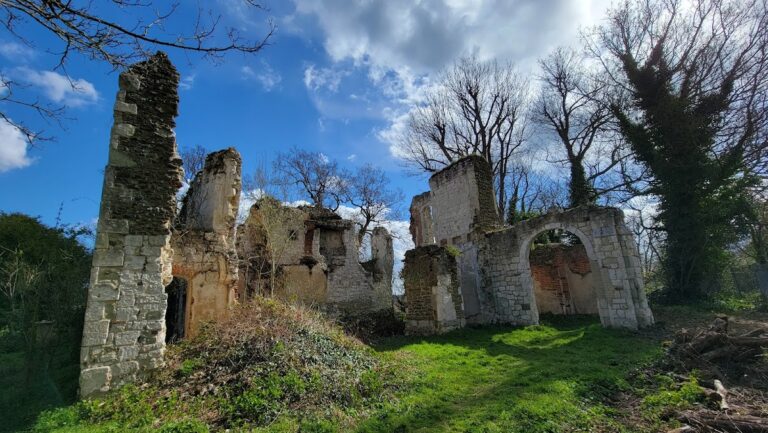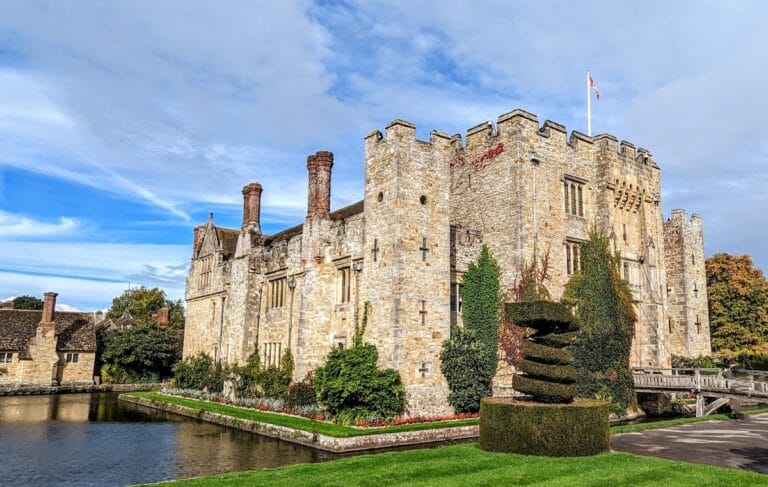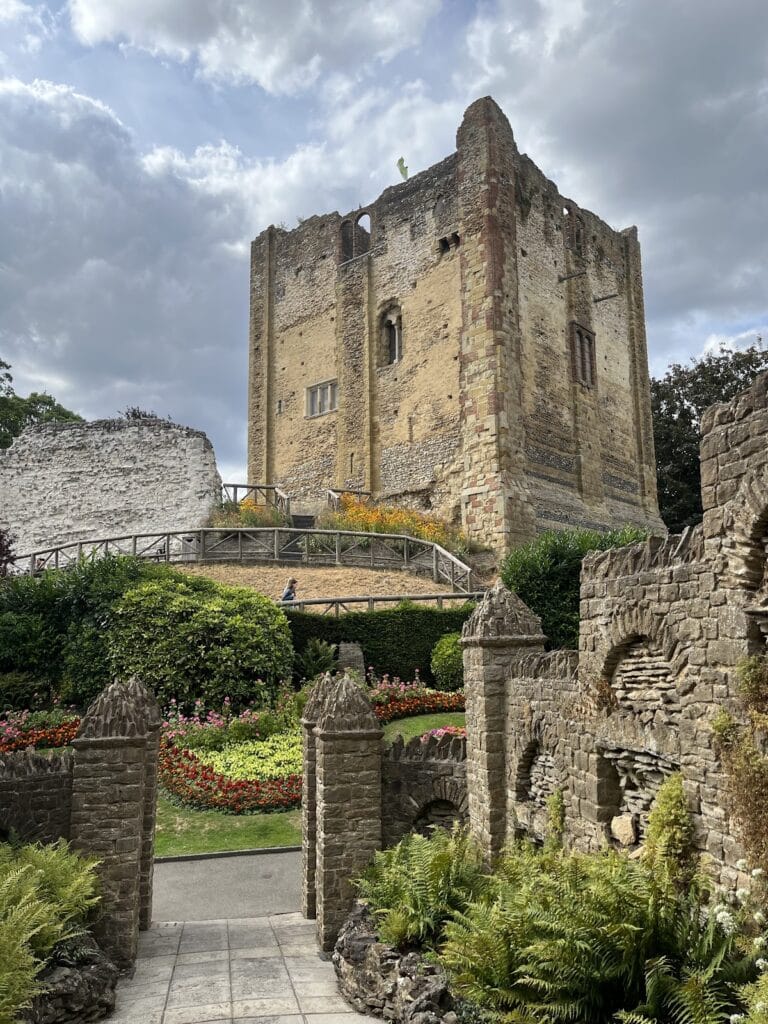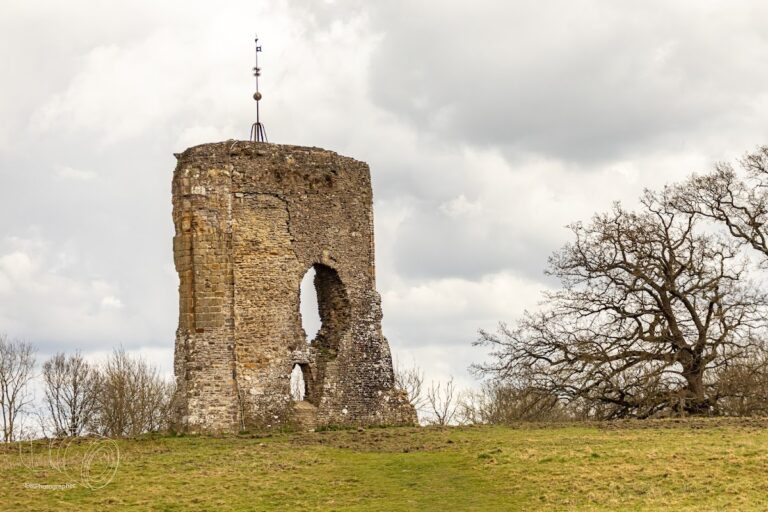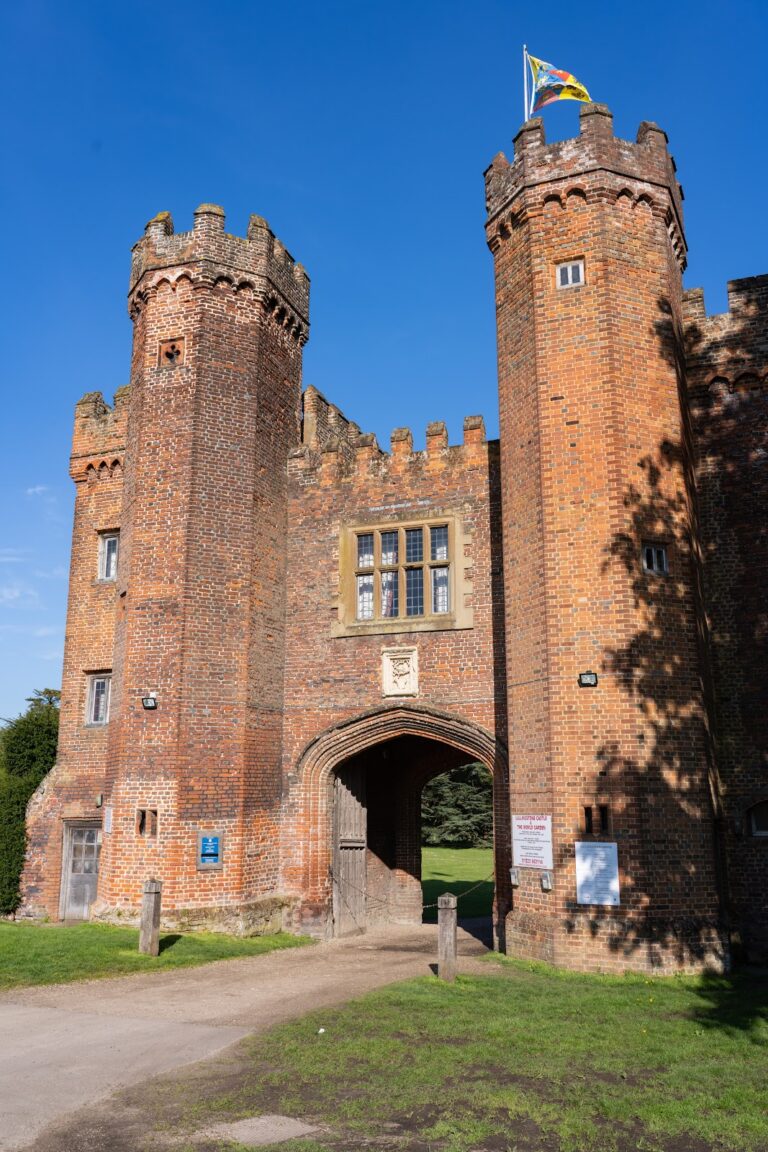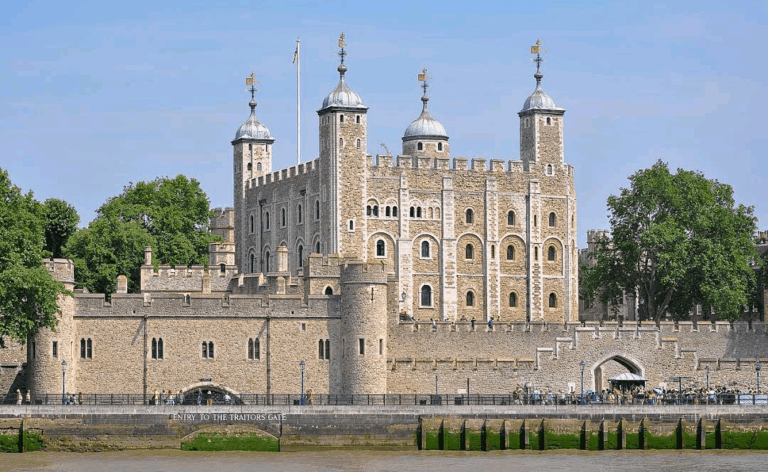Reigate Castle: A Historic Norman Stronghold in England
Visitor Information
Google Rating: 4.5
Popularity: Low
Google Maps: View on Google Maps
Country: United Kingdom
Civilization: Unclassified
Remains: Military
History
Reigate Castle is situated in the town of Reigate, England. Its origins trace back to the Norman period when the land was granted by William the Conqueror to William de Warenne, who became Earl of Surrey in 1088. While the exact date of construction is uncertain, it is believed that William de Warenne’s son, the 2nd Earl of Surrey, ordered the building of the castle as a stronghold on this estate.
Around the middle of the 12th century, approximately 1150, the de Warenne family initiated the establishment of a settlement beneath the castle. This settlement grew into the town of Reigate, a name likely derived from “Roe-deer Gate” reflecting its location near the entrance to the family’s deer park. Over time, Reigate developed into the modern town known today.
In the early 13th century, during a period of conflict in southern England, the castle fell to French forces in 1216. Later, in 1347, ownership passed to the FitzAlan family, who held the title of Earls of Arundel. Starting in 1397, the castle changed hands several times among the Lords of the Manor of Reigate, including the prominent Howard family. The castle continued to be inhabited until the 16th century but began to decline thereafter.
During the English Civil War in the 17th century, Reigate Castle served as a Royalist garrison, supporting King Charles I. Following a Royalist uprising, the castle was demolished in 1648 to prevent further military use. In the late 18th century, specifically in 1777, a decorative structure styled as a medieval gateway was built over the ruins. This folly was commissioned by Richard Barnes to honor William Earl Warren, an ancestor linked to the castle’s foundation. The gateway bears inscriptions in both English and Latin celebrating Warren’s legacy.
Local tradition holds that rebellious barons convened in caves beneath the castle to discuss the Magna Carta, connecting the site with this famous historical charter. Though this story remains part of local legend, no archaeological evidence has been found to verify the claim.
In the 19th century, the castle grounds became notable for the construction of the Reigate Castle Tunnel in 1823, which passes below the site. Recognized as one of the earliest road tunnels in Europe, this passage now serves pedestrians. Today, the former castle area is preserved as a public park known as the Castle Grounds.
Remains
No above-ground medieval structures of Reigate Castle survive today. The only confirmed remnant from the castle’s original period is the Barons’ Cave, an underground chamber located beneath the site. This cave is accessible to the public during specific guided tours and is a notable feature connected to the castle’s history and associated legends.
At the entrance to the park where the castle once stood, an 18th-century folly was constructed in the form of a medieval gateway. This ornamental structure, built of stone, is designed in the style of a castle gate and incorporates bilingual inscriptions in English and Latin commemorating William Earl Warren and the historical significance of the site. It stands as a visible marker acknowledging the castle’s heritage.
Beneath the castle grounds runs the Reigate Castle Tunnel, created in 1823 as a road tunnel. Built using early 19th-century engineering methods, this tunnel was innovative for its time and is now pedestrian-only. Alongside the Barons’ Cave, the site also includes the Tunnel Road Cave, another subterranean space associated with the castle. Both underground features are accessible through seasonal tours held from May to September.
The castle grounds themselves are publicly maintained as a park, integrating these historic elements within a green urban space. The iconic gate motif of the castle has been adopted into the municipal coat of arms for Reigate and Banstead, symbolizing the enduring legacy of the castle’s presence within the town.





